Blogs & News
We are focus on automotive wiring harness & connectors technology.
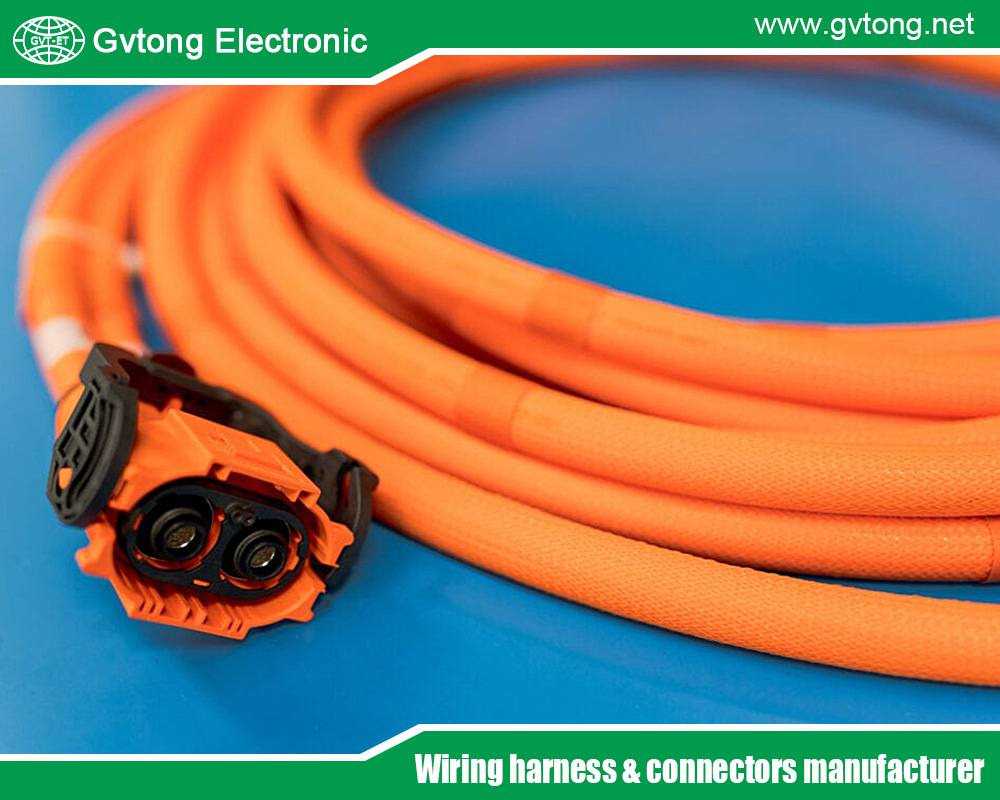
Automotive Antenna Connector: Design, Functionality, and Future Trends
- Gvtong Electronic
- 2p 32p Automotive Connector Terminal Crimping, ADAS sensor connectors, Anti-vibration automotive connectors, Automated assembly connectors Cost-effective automotive connectors, Automated assembly connectors Cost-effective automotive connectorsMulti-variation connectors, automotive antenna connector, automotive antenna connector manufacturer, automotive antenna connector supplier, automotive connector, Automotive Connector and Cable Products, automotive connector companies, automotive connector companies in russia, automotive connector manufacturer, Automotive Connector Manufacturers in 2025, automotive connector manufacturers in china, Automotive Connector manufacturers InThailand, Automotive Connector Supplier, Automotive Connector Terminal China, Automotive Connector Terminals, automotive connectors and terminals, automotive connectors factory, automotive connectors hotsale, automotive data connector, automotive electrical connector, automotive High voltage connector, automotive Low voltage connector, automotive Oil-resistant Connectors, Automotive shielded connectors, automotive Signal Connector, automotive waterproof connectors, Battery management system (BMS) connectors, Blind-mate automotive connectors, EV charging connectors, Fuel cell connectors, High-speed data connectors, High-temperature resistant connectors, In-cabin infotainment connectors, Lightweight automotive connectors, Low-contact resistance connectors, Modular automotive connectors, OEM-specific connectors, Oil-resistant automotive connectors, Pre-charge/discharge connectors, Quick-fit automotive connectors, V2X communication connectors
- No Comments
Automotive Antenna Connector: Design, Functionality, and Future Trends
In the rapidly evolving automotive industry, connectivity is at the heart of modern vehicle functionality. From AM/FM radio to 5G communication, GPS navigation, and vehicle-to-everything (V2X) systems, automotive antenna connectors play a critical role in ensuring seamless signal transmission. These small but vital components bridge the gap between antennas and the vehicle’s electronic systems, enabling reliable communication for infotainment, safety, and autonomous driving technologies. As vehicles become smarter and more connected, the demand for high-performance, durable, and compact antenna connectors is growing. This article explores the design, types, applications, and challenges of automotive antenna connectors, delving into their technical specifications, industry standards, and emerging trends. By understanding the intricacies of these connectors, we can appreciate their significance in the modern automotive ecosystem and anticipate their evolution in the era of electric and autonomous vehicles.
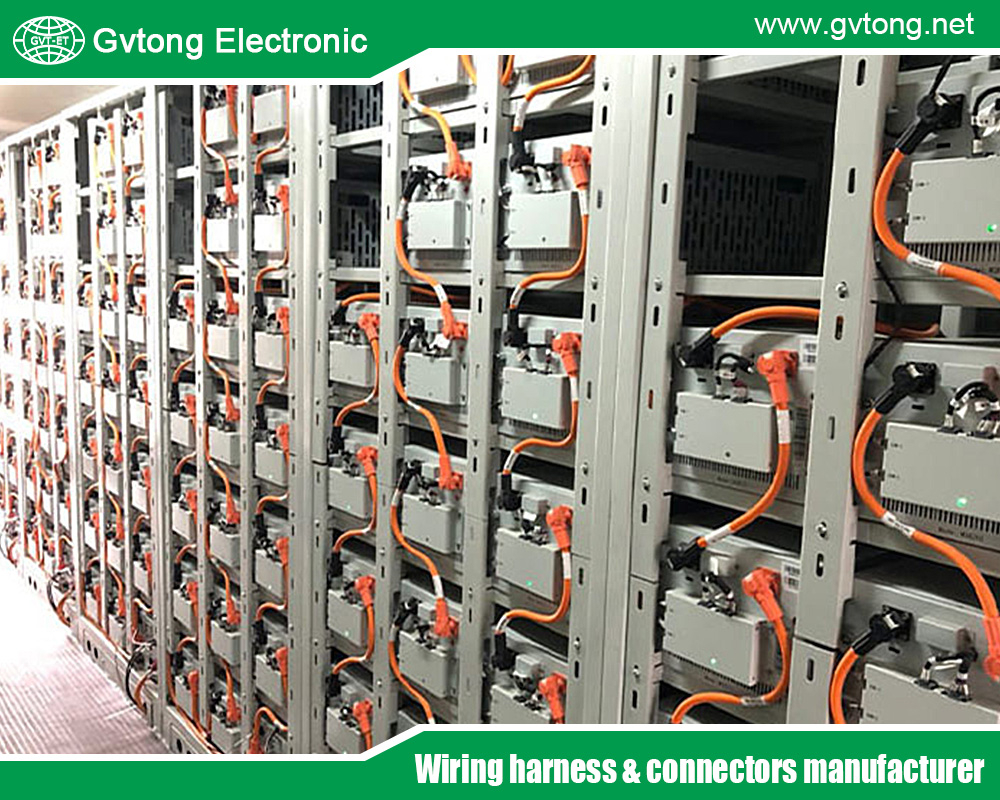
What is an Automotive Antenna Connector?
An automotive antenna connector is a specialized electrical component that links an antenna to a vehicle’s communication or infotainment system. It ensures the efficient transfer of radio frequency (RF) signals, such as those for AM/FM radio, satellite radio, GPS, Wi-Fi, Bluetooth, cellular networks (4G/5G), and V2X systems. These connectors are designed to withstand harsh automotive environments, including temperature extremes, vibrations, and moisture, while maintaining signal integrity.
Antenna connectors are typically coaxial, consisting of a central conductor surrounded by a shield to minimize signal loss and electromagnetic interference (EMI). They come in various forms, such as SMA, SMB, Fakra, and HSD connectors, each tailored to specific frequency ranges and applications. For example, Fakra connectors are widely used in automotive applications due to their standardized design and ability to support multiple RF signals. The connectors must meet stringent automotive standards, such as ISO 20860 (Fakra) and USCAR-18, to ensure compatibility and reliability across different vehicle models and manufacturers.
Types of Automotive Antenna Connectors
Automotive antenna connectors come in various types, each designed for specific applications and performance requirements. Below are the most common types used in modern vehicles:
- Fakra Connectors:
Fakra (Fachkreis Automobil) connectors are the industry standard for automotive RF applications. They are color-coded and keyed to prevent mismating, ensuring correct connections for systems like GPS, AM/FM radio, and cellular networks. Fakra connectors support frequencies up to 6 GHz, making them suitable for high-speed data transmission in 4G/5G systems. Their robust design ensures durability in harsh automotive conditions, and they comply with ISO 20860 standards. - SMA Connectors:
SubMiniature version A (SMA) connectors are used in high-frequency applications, such as satellite radio and GPS. They offer excellent electrical performance up to 18 GHz and are known for their compact size and threaded coupling mechanism, which provides secure connections. However, their use in automotive applications is limited due to cost and complexity compared to Fakra connectors. - SMB Connectors:
SubMiniature version B (SMB) connectors are snap-on connectors used for lower-frequency applications, such as AM/FM radio and Bluetooth. They are less common in modern vehicles but are valued for their ease of installation and compact design. - HSD Connectors:
High-Speed Data (HSD) connectors are designed for high-speed digital data transmission, such as in infotainment systems and automotive Ethernet. They support frequencies up to 6 GHz and are optimized for low-latency, high-bandwidth applications like V2X and advanced driver-assistance systems (ADAS). - Mini-Fakra and Next-Generation Connectors:
With the rise of compact and multi-antenna systems, Mini-Fakra connectors are gaining popularity. These connectors are smaller than standard Fakra connectors, allowing for higher port density in space-constrained vehicle designs. They support multi-band applications and are ideal for 5G and autonomous driving systems.
Each connector type is selected based on factors like frequency range, signal integrity, environmental durability, and cost. The choice also depends on the vehicle’s specific requirements, such as the number of antennas and the complexity of its communication systems.
Design Considerations for Automotive Antenna Connectors
Designing automotive antenna connectors requires balancing performance, durability, and cost. Key considerations include:
- Signal Integrity:
Connectors must minimize signal loss and maintain impedance matching (typically 50 ohms for RF systems) to ensure reliable communication. This is critical for high-frequency applications like 5G and V2X, where even minor signal degradation can impact performance. - Environmental Durability:
Automotive connectors operate in extreme conditions, including temperatures from -40°C to +85°C, high humidity, and constant vibrations. Materials like high-grade plastics and corrosion-resistant metals (e.g., gold-plated contacts) are used to ensure longevity. Connectors must also meet IP ratings (e.g., IP67) for water and dust resistance. - Electromagnetic Compatibility (EMC):
Vehicles are packed with electronic systems that can generate EMI. Antenna connectors must be shielded to prevent interference, ensuring clean signal transmission. Coaxial designs and proper grounding are essential for EMC compliance. - Size and Weight:
With the increasing number of antennas in modern vehicles (up to 20 in some models), connectors must be compact to save space and reduce weight. Miniaturized connectors like Mini-Fakra address this need while maintaining performance. - Ease of Installation:
Connectors should be easy to install and service, with features like snap-on mechanisms or color-coded keying to prevent errors during assembly. This is particularly important in high-volume automotive manufacturing. - Standardization and Compatibility:
Industry standards like ISO 20860 and USCAR-18 ensure that connectors are interoperable across different vehicle brands and systems. Standardized connectors reduce costs and simplify supply chains.
Manufacturers also consider future-proofing designs to accommodate emerging technologies like 6G and advanced V2X systems. This requires connectors to support higher frequencies and data rates while maintaining backward compatibility.
Applications of Automotive Antenna Connectors
Automotive antenna connectors are integral to a wide range of vehicle systems, enabling connectivity for both traditional and cutting-edge applications:
- Infotainment Systems:
Connectors link antennas to AM/FM radios, satellite radios, and infotainment displays, ensuring high-quality audio and data streaming. For example, Fakra connectors are commonly used for SiriusXM and DAB radio systems. - Navigation and GPS:
GPS antennas rely on connectors to transmit precise location data to navigation systems. SMA and Fakra connectors are often used for their high-frequency performance and reliability. - Cellular Connectivity:
With the rise of connected cars, antenna connectors support 4G/5G networks for real-time traffic updates, over-the-air (OTA) software updates, and cloud-based services. HSD and Mini-Fakra connectors are ideal for these high-bandwidth applications. - V2X Communication:
Vehicle-to-everything (V2X) systems, including vehicle-to-vehicle (V2V) and vehicle-to-infrastructure (V2I) communication, rely on antenna connectors to enable low-latency, high-reliability data exchange. These systems are critical for autonomous driving and traffic safety. - Telematics and Remote Diagnostics:
Telematics systems use antenna connectors to transmit vehicle performance data to manufacturers or service providers, enabling predictive maintenance and remote diagnostics. - ADAS and Autonomous Driving:
Advanced driver-assistance systems (ADAS) and autonomous vehicles require multiple antennas for radar, LiDAR, and V2X communication. Connectors like Mini-Fakra support the high port density needed for these multi-antenna systems.
As vehicles integrate more antennas to support these applications, connectors must handle complex signal routing while maintaining reliability in challenging environments.
Challenges in Automotive Antenna Connector Design
Despite their importance, automotive antenna connectors face several challenges:
- Miniaturization vs. Performance:
As vehicles incorporate more antennas, connectors must become smaller without compromising signal quality. Designing compact connectors that support high frequencies (e.g., 5G and beyond) is a significant engineering challenge. - Cost Constraints:
The automotive industry is highly cost-sensitive. Manufacturers must balance the need for high-performance connectors with the pressure to reduce costs, especially in mass-market vehicles. - Harsh Environmental Conditions:
Connectors must withstand extreme temperatures, vibrations, and exposure to chemicals like road salt. Ensuring long-term durability without increasing costs is a persistent challenge. - Electromagnetic Interference:
The proliferation of electronic systems in vehicles increases the risk of EMI. Connectors must be designed with robust shielding to prevent signal degradation, which adds complexity to the design process. - Scalability for Future Technologies:
The transition to 5G, 6G, and advanced V2X systems requires connectors to support higher frequencies and data rates. Developing future-proof connectors that are backward compatible is a significant hurdle. - Supply Chain and Standardization:
Global supply chain disruptions can impact the availability of connector components. Additionally, ensuring compatibility across different vehicle manufacturers and regions requires adherence to strict standards, which can limit design flexibility.
Addressing these challenges requires collaboration between connector manufacturers, automakers, and standards organizations to develop innovative solutions that meet the industry’s evolving needs.
Future Trends in Automotive Antenna Connectors
The future of automotive antenna connectors is shaped by the rapid advancement of vehicle connectivity and autonomy. Key trends include:
- Support for 5G and 6G:
As 5G adoption grows and 6G research progresses, connectors must support higher frequencies (up to 100 GHz for 6G) and ultra-low latency. Mini-Fakra and next-generation HSD connectors are being developed to meet these demands. - Multi-Antenna Systems:
Autonomous vehicles require multiple antennas for radar, V2X, and sensor fusion. Connectors with higher port density and modular designs will become essential to manage complex antenna arrays. - Integration with Smart Antennas:
Smart antennas, which combine RF components and processing units, are gaining traction. Connectors must evolve to support integrated systems with higher power and data requirements. - Sustainability and Material Innovation:
The push for eco-friendly vehicles is driving the use of sustainable materials in connector manufacturing. Recyclable plastics and lead-free alloys are being explored to reduce environmental impact. - Wireless Connectivity:
While wired connectors dominate today, wireless technologies like ultra-wideband (UWB) and millimeter-wave communication may reduce reliance on physical connectors in the future. However, hybrid systems combining wired and wireless solutions are likely to persist. - Automation in Manufacturing:
Advances in automated assembly and testing will improve the production efficiency of connectors, reducing costs and ensuring consistent quality.
These trends highlight the need for continuous innovation in connector design to keep pace with the automotive industry’s transformation.
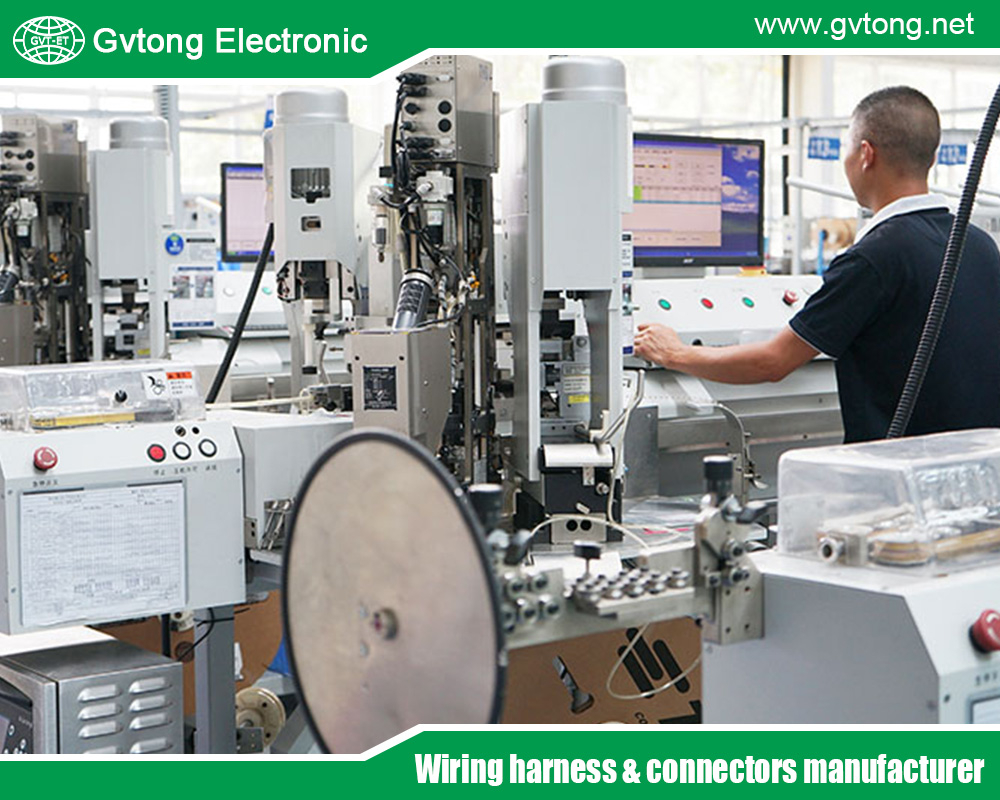
Conclusion
Automotive antenna connectors are unsung heroes in the connected vehicle ecosystem, enabling critical communication for infotainment, navigation, safety, and autonomous driving systems. From Fakra to Mini-Fakra and HSD connectors, these components are designed to meet the rigorous demands of automotive environments while supporting increasingly complex RF and data transmission needs. Despite challenges like miniaturization, EMI, and cost constraints, ongoing advancements in materials, standardization, and manufacturing are driving the evolution of these connectors. As vehicles move toward 5G, 6G, and fully autonomous systems, antenna connectors will play an even more pivotal role in ensuring reliable, high-speed connectivity. By staying at the forefront of innovation, manufacturers can address emerging challenges and support the automotive industry’s vision of smarter, safer, and more sustainable vehicles. The future of automotive antenna connectors is bright, promising enhanced performance and seamless integration in the vehicles of tomorrow.
For more about the automotive antenna connector: design, functionality, and future trends, you can pay a visit to Gvtong at https://www.gvtong.net/ for more info.
Recent Posts
The Best GR Series-Circular Connectors Manufacturer
The Best GD Series Combined Power Connector Manufacturer
A Guide to Selecting the Best GH Series Plastic Connector Manufacturer
How High Pressure Connectors Work?
The Best Automotive Connector Companies
Tags
Recommended Products
-
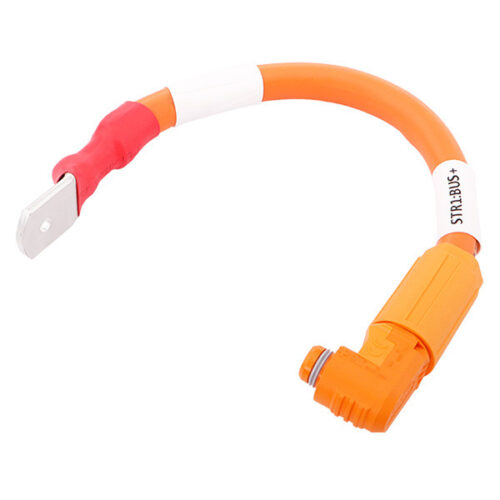
Energy storage wiring harness
-
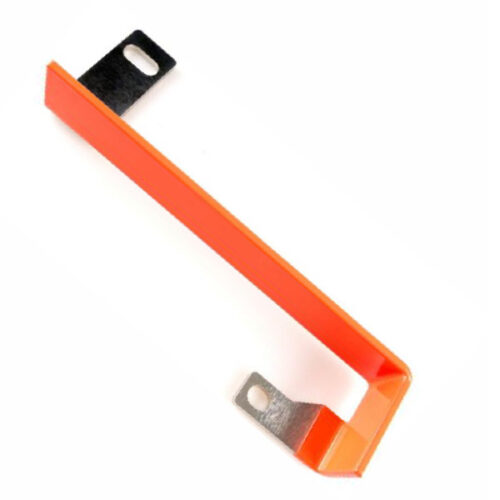
The battery PACK is packed with copper-aluminum busbar
-
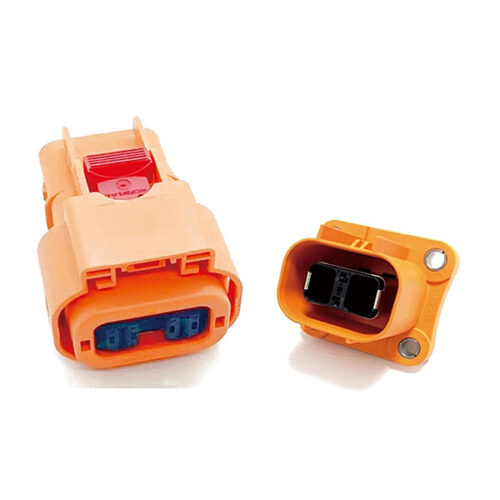
High voltage connector (2 cores)
-
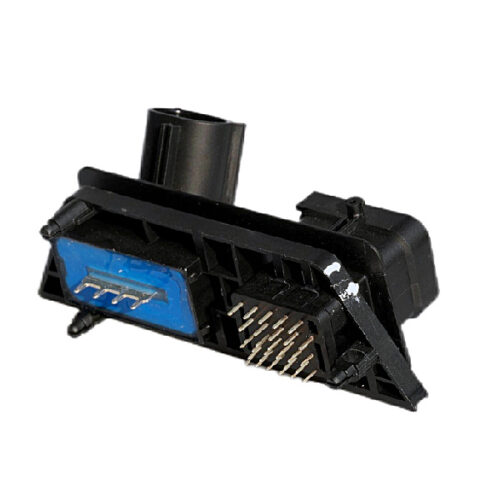
GE Series-33-core Signal Connector
-
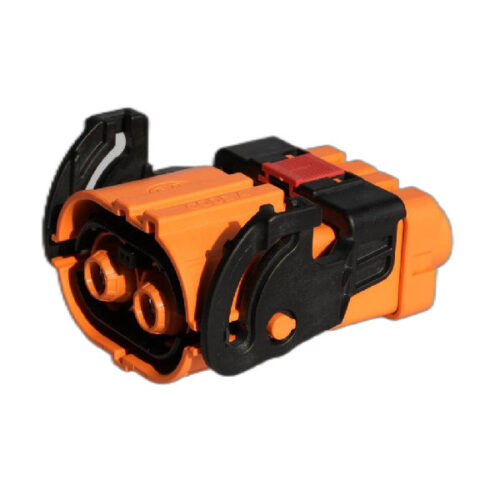
GH800 Series-2-core plastic high voltage connector
-
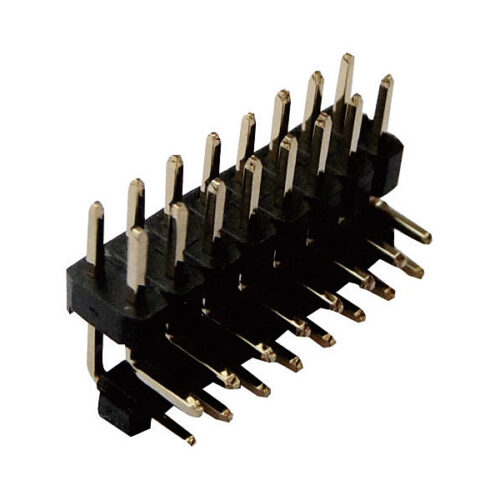
Pin header and female header
-
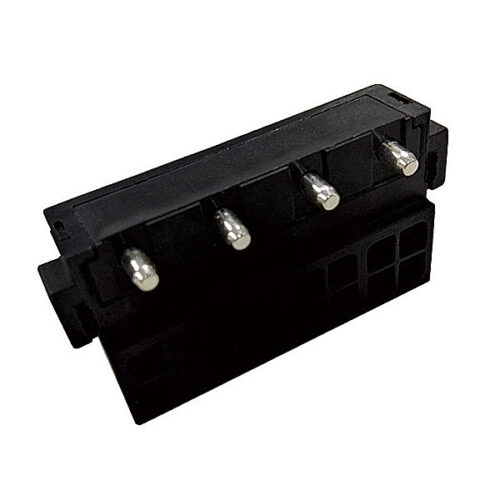
4-pin power connector (35A)
-
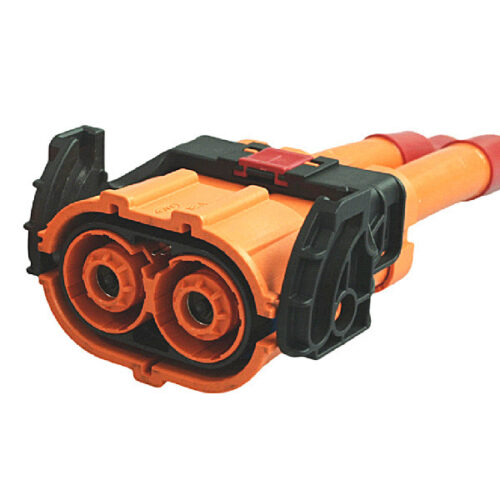
GH1000 Series-2-core plastic high voltage connector
